As responsible travelers evolve, so do the stories we share.
This article is part of our living archive — trusted content we continue to care for.
First published on February 13, 2018 • Last updated on February 20, 2018.
My English mother never passes up an opportunity to smell the roses. It’s a trait she passed on to her oldest daughter. Whether I am touring a rose hacienda in the high Sierra or meandering the rose garden in Quito’s Parque Carolina, I rarely pass an opportunity to experience Ecuadorian roses.
Roses in Ecuador
In Ecuador, hardly anyone grows roses in their gardens. However, over 48,000 employees work for companies that grow and export roses to the international florist trade. Another 55,000 work indirectly with roses. And more than half of all these workers are women. Therefore, roses maintain a huge impact on the Ecuadorian economy.
Rose bushes in Ecuador grow mainly in large greenhouses on Andean mountain slopes with elevations of more than 6,500 feet (2000 meters). Temperatures remain the same year round, a consistent 57°F (14°C). Additionally, daylight hours at the equator remain a year-round constant of 12 hours from dawn to dusk.
Ecuadorian roses are nothing like those from my childhood. These roses have huge thorns, rather than thousands of tiny ones. The bushes are trimmed and trained to produce extremely long stems. The flowers come in a myriad of colors, including some that North Americans might frown at like mauve and tea-stained white. And they have no scent whatsoever.
Breeding Ecuadorian Roses
The no scent whatsoever came as a big surprise on the day I toured a rose farm in the Pichincha Province. Every time I leaned forward to catch a whiff of a rosy scent, I was disappointed.
I asked why these roses didn’t have a gorgeous aroma. The owner explained that years of breeding roses for their stunning colors, their consistent size, and their long stems with easy to remove thorns meant losing their heady perfume. While some cut roses might have a slight floral scent, none can come close to the English garden varieties that overwhelm the nose on a warm summer’s day. If you want to find those roses, check out the Botanical Garden in Quito.
The International Rose Market
I also learned that although the North American market for Ecuadorian roses is large, Ecuador also exports to Europe, to Russia, and to China. Each region demands different quality from their roses.
While North Americans love long-stem red roses for Valentine’s Day and a myriad of choices from white, to golden yellow, to bright pink for Mother’s Day, Russians prefer their roses on even longer stems, as long as 3 feet. They like larger flowers in vivid colors, some that North Americans might call garish.
In China, residents of Beijing and Shanghai love multi-colored, bright roses on shorter stems. While they love to buy for Valentine’s Day, they also give Ecuadorian roses on the International Day of the Woman on March 8 and Chinese Valentine’s Day on September 7.
Socially Responsible Roses
When you go to purchase Ecuadorian roses for that special day, please take an extra step and make sure that your florist or the supermarket holds a certification in sustainability. Organizations like Veriflor or the Rain Forest Alliance work hard to help farms in Ecuador provide a safe and equitable work environment as well as practice environmentally responsible agriculture.
Take for example, Bellaflor located near Quito, Ecuador:
Bellaflor Group is committed to the well-being of our employees, the local community and to maintaining high environmental standards. Since 2008, the Bellaflor Group has been certified by Rainforest Alliance.
All of Bellaflor’s 300 plus employees are provided free of charge, transportation to and from work, a warm homemade lunch, uniforms, safety training and on-site medical care for themselves and their families. We strive to go above and beyond local laws and restrictions regarding working hours, conditions and labor rights, promoting success not only on the job but at home as well. Under no circumstances do we employ minors. We also have a strict anti-discrimination policy ensuring equal rights and opportunities for all.
Environmentally, we have installed comprehensive irrigation and water catchment systems to limit our water usage and our impact on local resources. We have also implemented a recycling and composting program to limit our external waste. In addition, we have several areas throughout our farm in which biological controls and other forms of integrated pest management are under use in lieu of chemical pesticides. In doing so, we ensure not only the success and well-being of our company but the success and well-being of our employees, the environment and the local community.
And Royal Flowers with several farms in the Ecuadorian Andes:



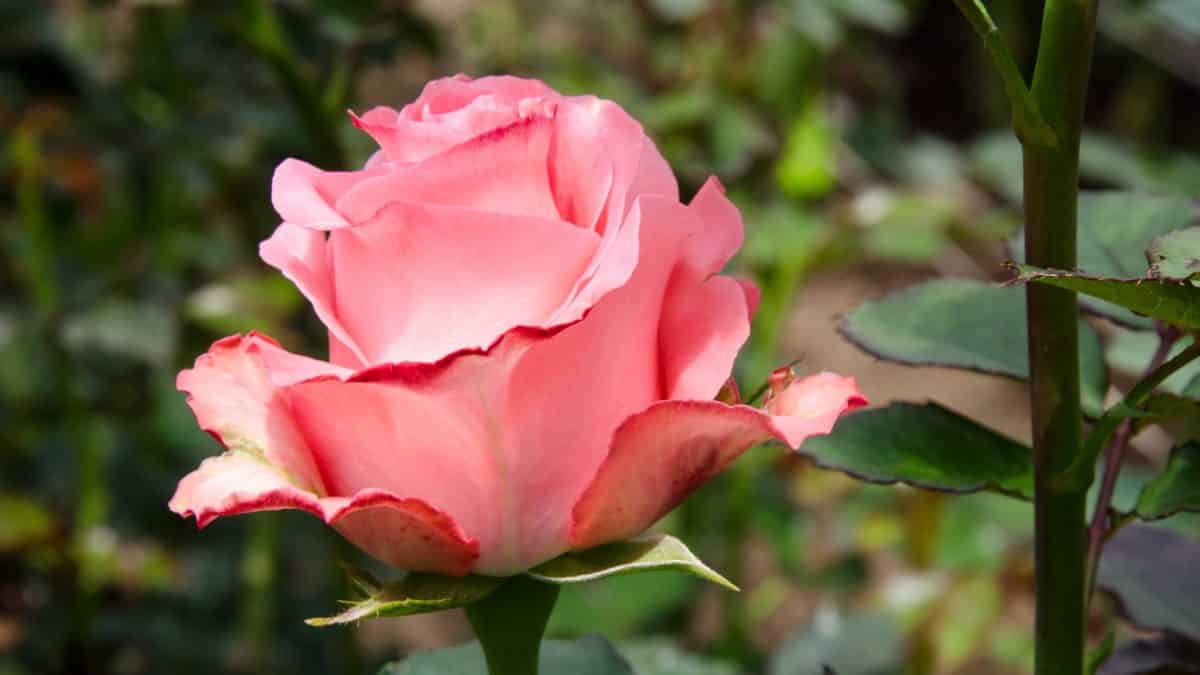

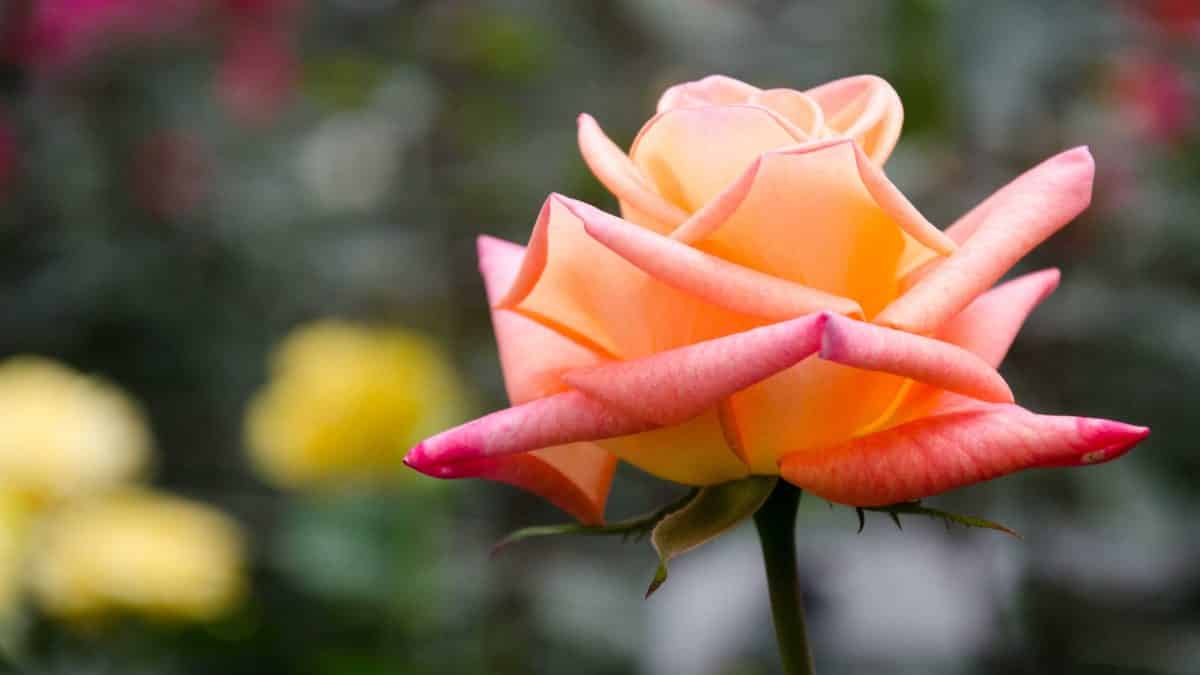
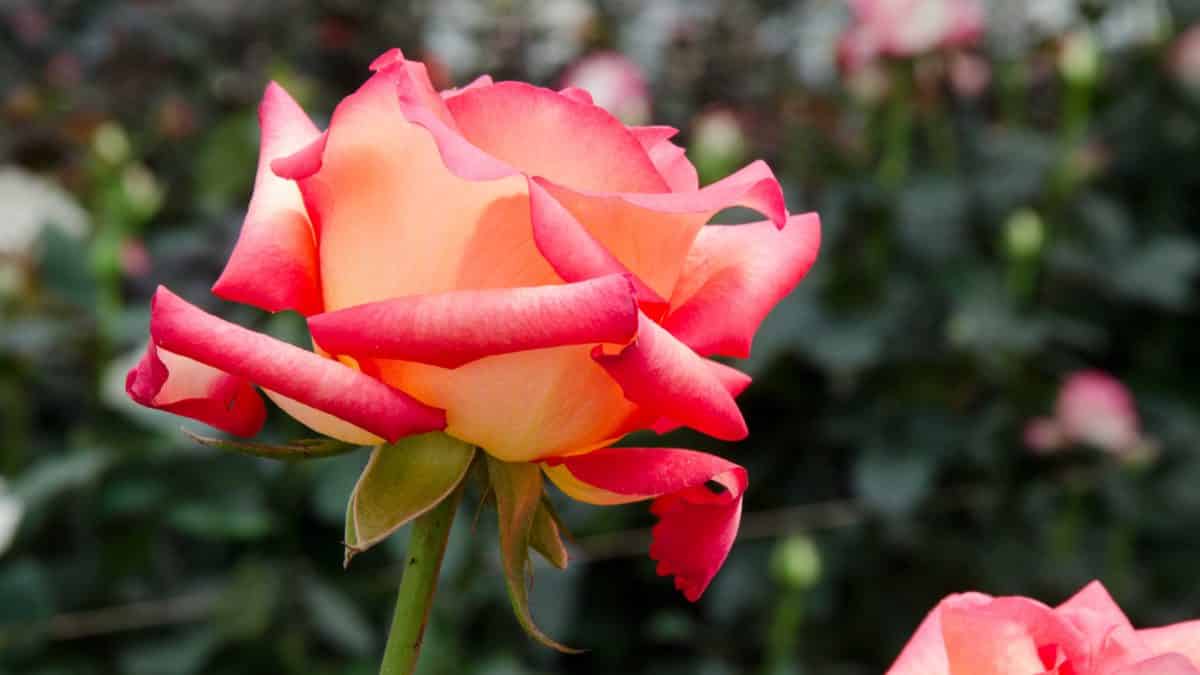
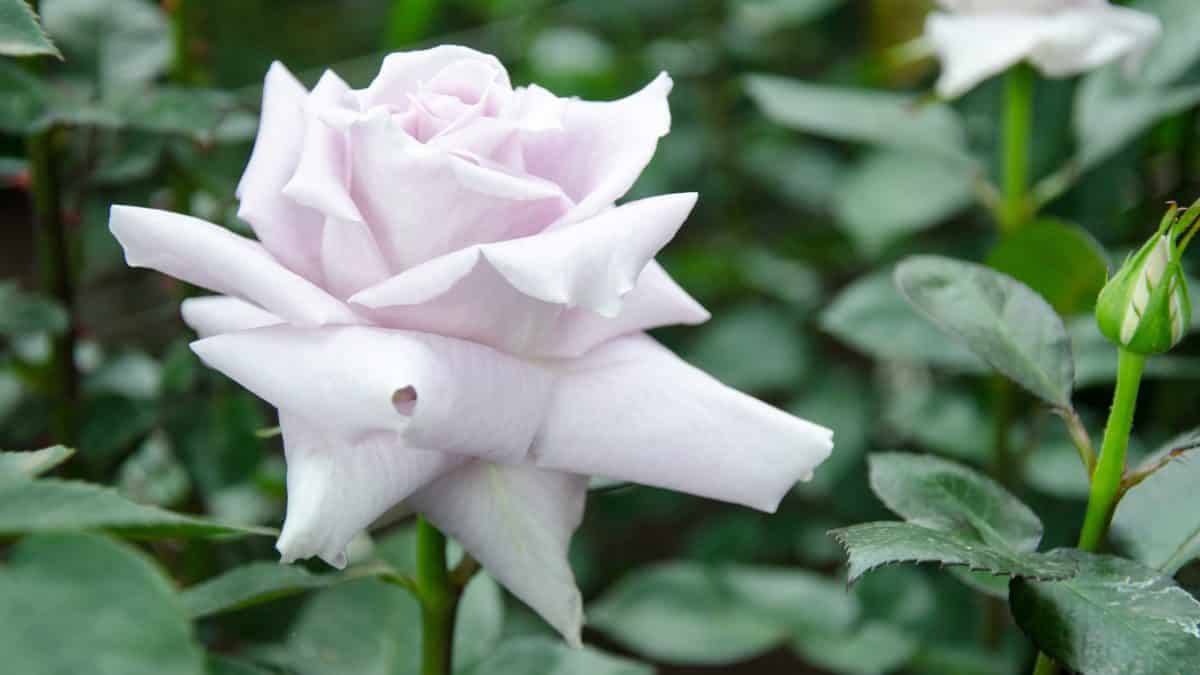
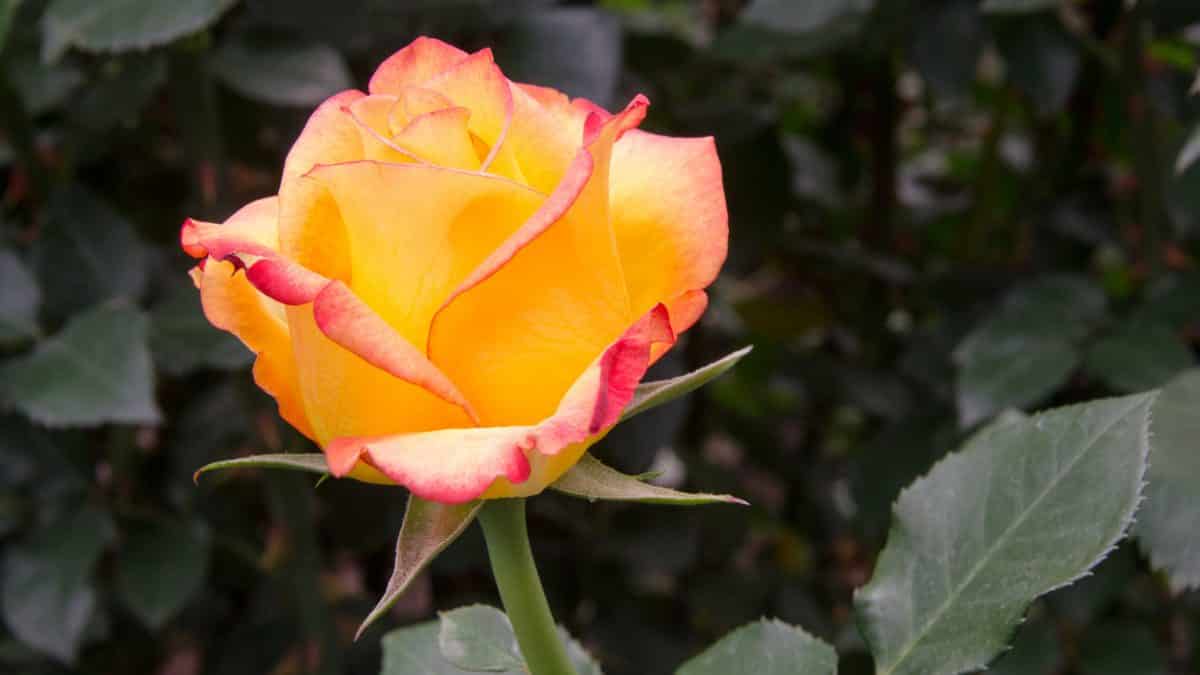
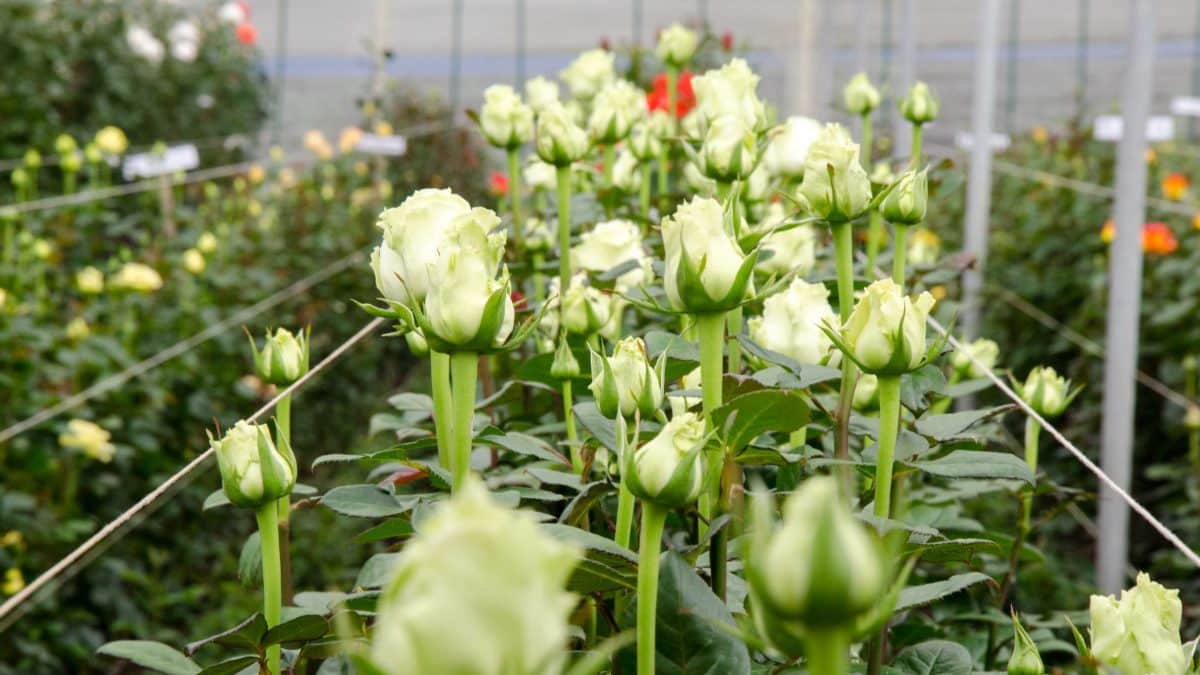
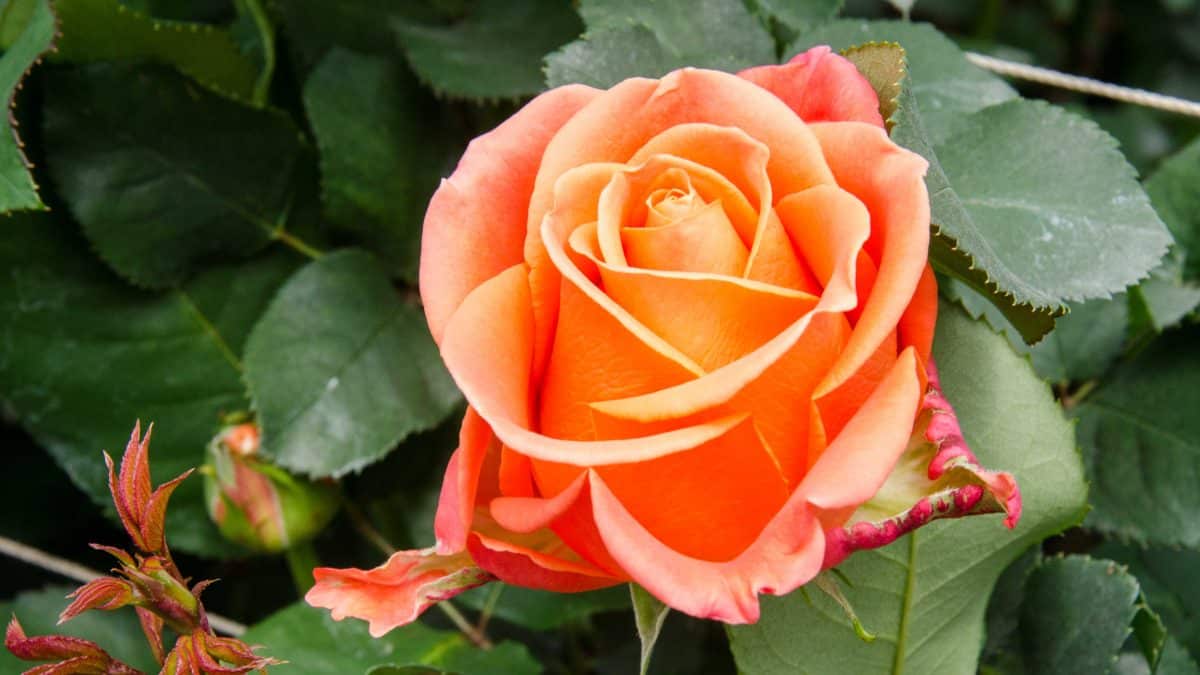
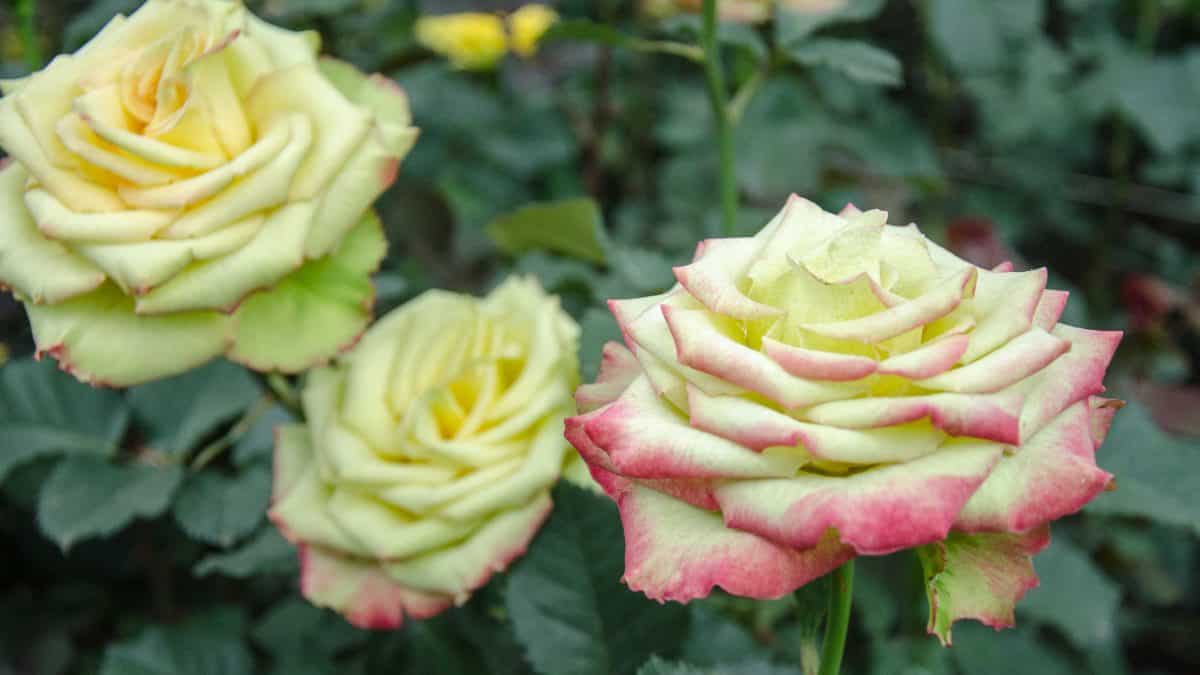




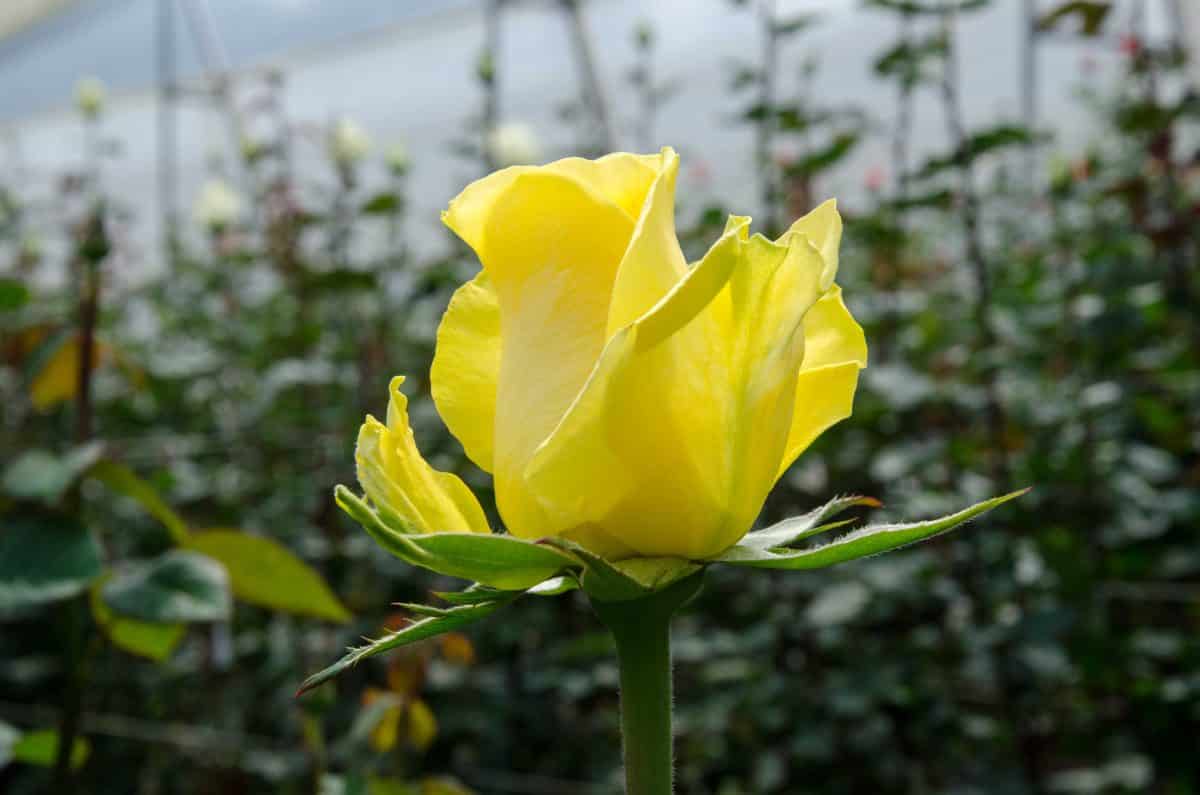


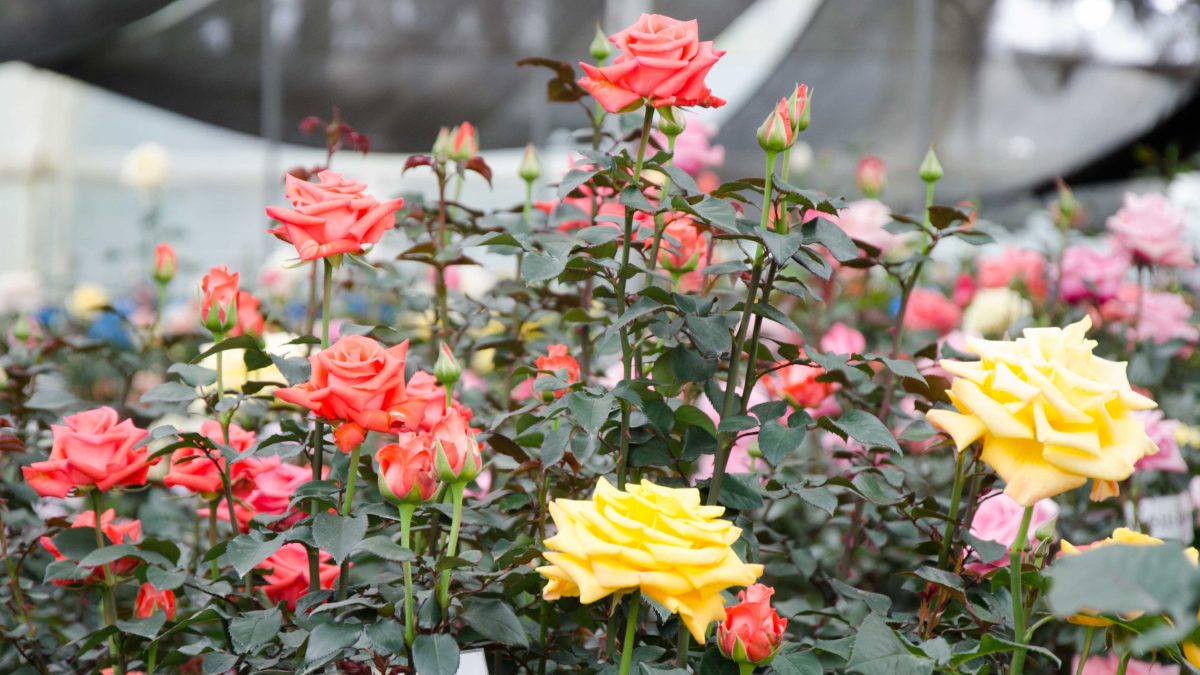

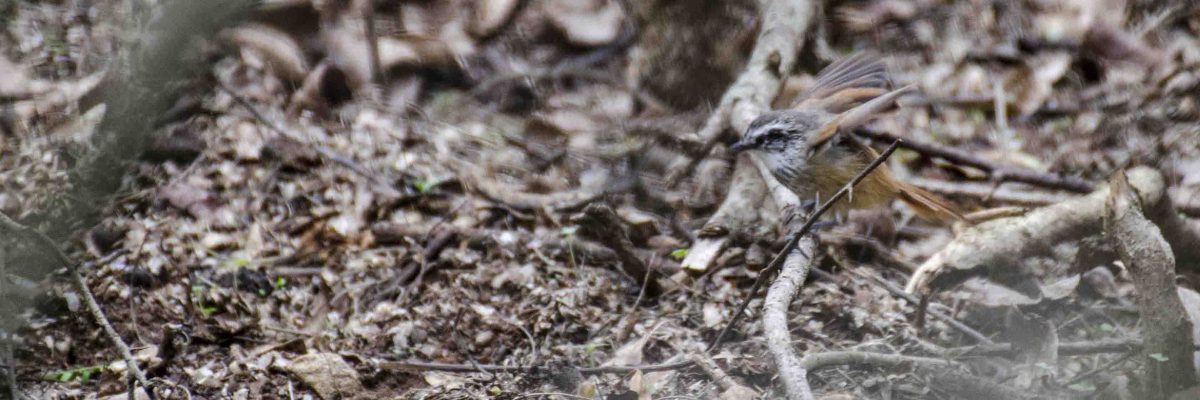
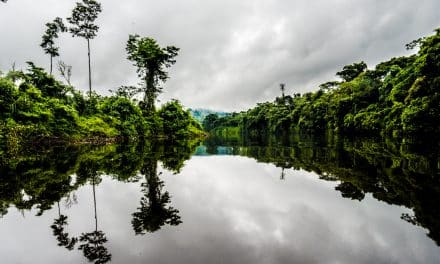
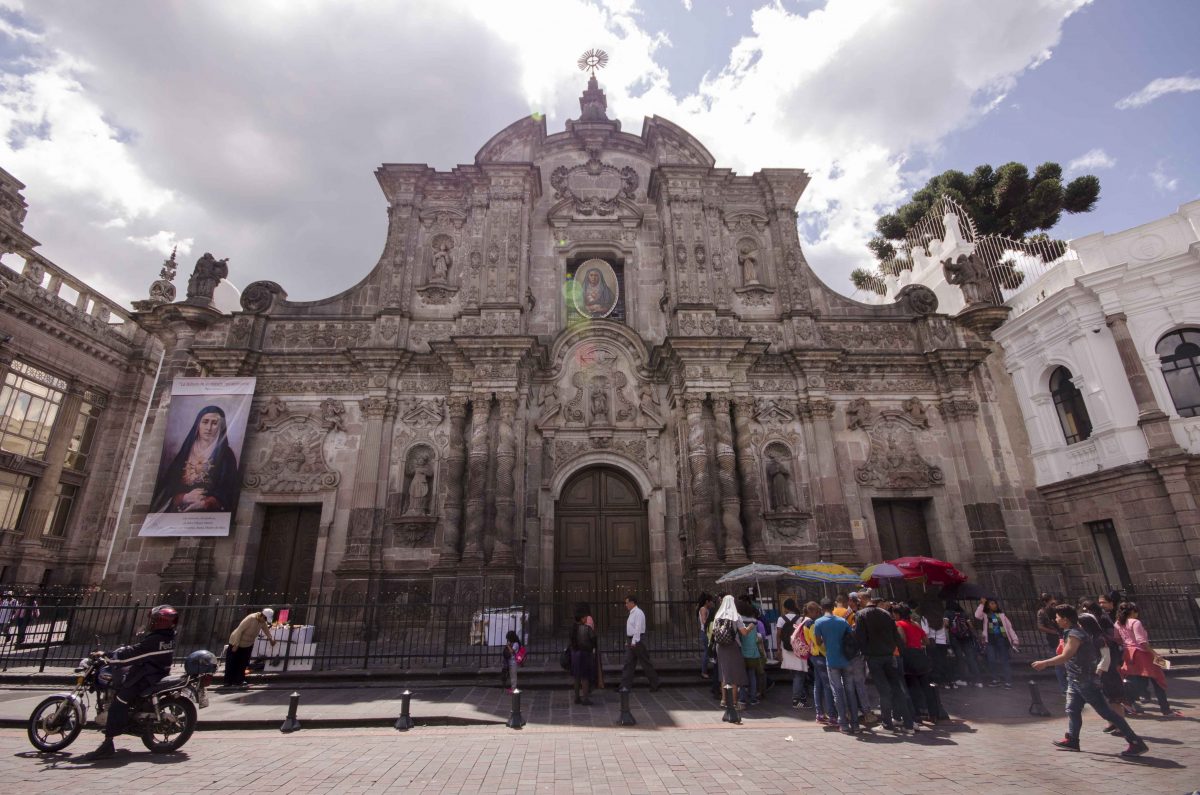

















Hi Angie, Is it possible to book a tour to the farms you visited? My mom is a flourish and I am trying to arrange a trip for her to see the farms where her flowers often come from!
Erin
Hi Erin, there are several rose farms that do allow tours. Unfortunately, the photos in this article come from a private invitation to tour an experimental garden that does not normally offer tours. But you could check out this article from a guest author who highly recommends this rose hacienda: https://notyouraverageamerican.com/rose-hacienda/. I could also put you in touch with a guide who has designed a day trip that combines roses with hummingbirds. Just let me know! – angie@notyouraverageamerican.com